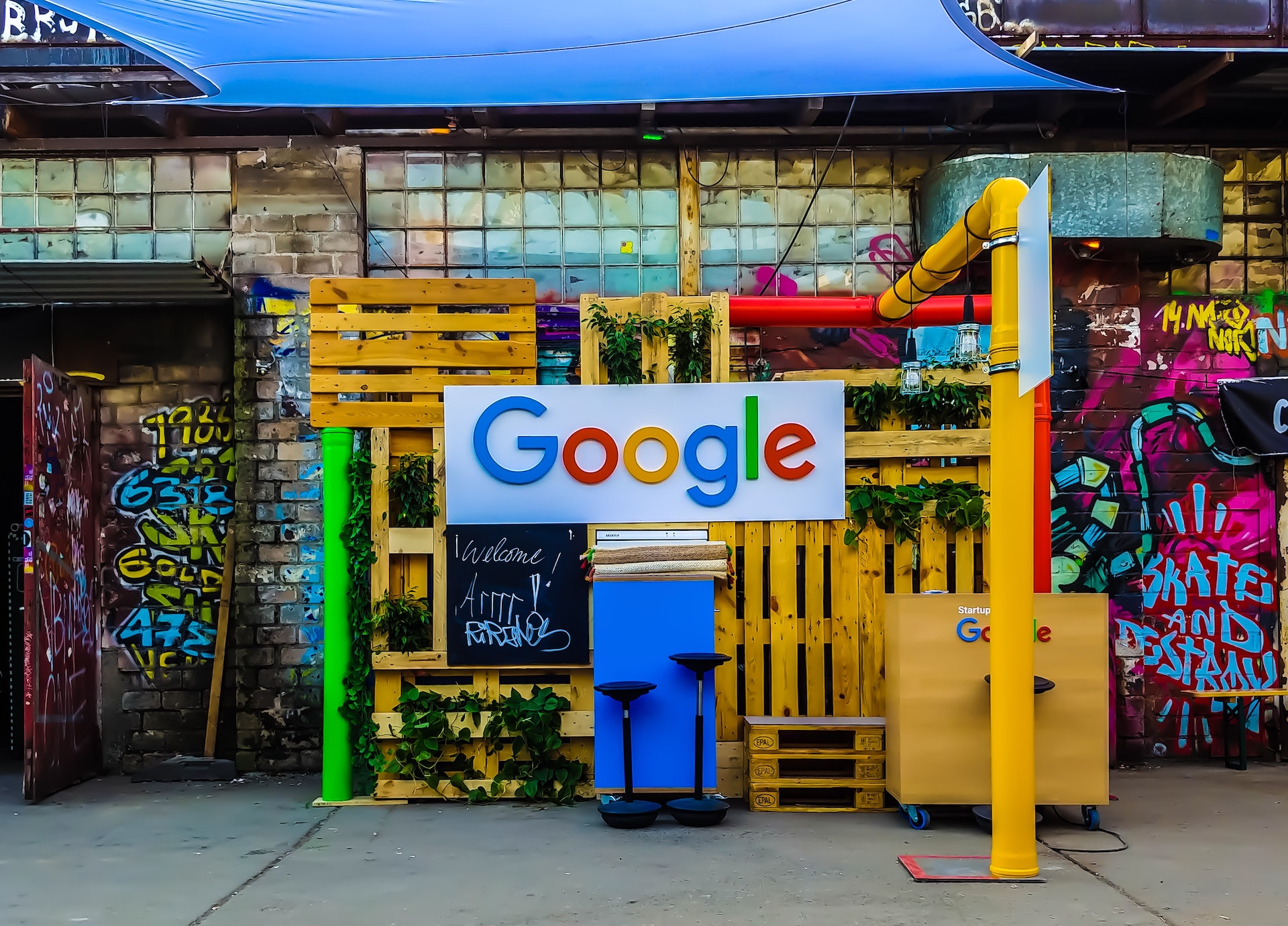Putting Brand at the Heart of Your Business Model

One of the most powerful things about brand is that it serves as a bridge between your customers' lives and your business reality.
At ZeBrand, we believe your vision deserves to be seen and realized. In this content series, we help you use brand as a tool to power up your business and jumpstart your growth.
Welcome to Part 2 of A to Ze of Brand Building -- 'Putting Brand at the Heart of Your Business Model'. (Read Part 1 here if you missed it!)
Branding: The Bridge Between You and Your Customers
Brand is an essential element in growing any business, but where do you even start? Today, we discuss how to use brand to drive growth.
Quite simply, it starts with your customers.
For business owners, brand is a powerful tool for business growth. But for customers and everyday people, it means something different. A brand is simply the reason for choosing a particular good or service over another. It could even be enough reason for changing their behavior or adopting an entirely new habit, like ride-sharing or online grocery shopping.
It's not enough that your product or service is more useful or technically superior to a competitor’s if it doesn’t have that emotional ‘hook’. Developments in behavioral economics and neuroscience show that we make decisions emotionally, no matter how much we try to take emotion out of the equation.
So, how do you embed emotional significance into all aspects of your business, from what people see and feel on the outside, to the delivery mechanisms that you apply inside? In other words, how do you create a brand-driven business model?
One of the most powerful things about brand is that it serves as a bridge between your customers' lives and your business reality. Branding relies on understanding the context of everyday lives and addressing core human needs and desires. Beyond physical needs like sustenance and shelter, we all feel the emotional desires to belong, to express our individuality, to succeed, and to realize the best versions of ourselves.
There's no better place to address these needs in your business model than in your purpose. Patagonia doesn’t just sell equipment for outdoor venturing; they’ve made a heroic commitment to 'inspire and implement solutions to the environmental crisis' so that we can truly enjoy our natural environment while taking part in it. Even the most tech-driven companies use this human-centered thinking to their advantage. As Airbnb strived to encourage people to forgo hotels and stay in strangers' apartments, they channeled the drive for authentic travel experiences and dreams of living like locals by inspiring people to 'belong anywhere'. The more you channel and reflect your customers’ needs, the more emotional draw you create for your business and brand.

Photo by Rajeshwar Bachu on Unsplash
Branding In Action
But putting brand at the heart of your business model is only the very beginning. You must further break down your purpose into actionable commitments that meaningfully guide your team, no matter what role they play. For instance, if Google's mission is to ‘Make the world's information universally accessible and useful', their principles might be: ‘Design everything for maximum intuitiveness’ or ‘Never present any information that wasn't needed’. Now, think about how simple the Google search page is. Does it follow up on its brand’s purpose?
The brands below have done just that. Although their brand purposes may have changed over time or are buried within statements like their ‘business vision’, they’re nonetheless evident in everything that they do and in various touchpoints:
Product Design
Example: Apple
Purpose: Humanize computer technology and bring it to every home and every life
In Action: Steve Jobs insisted on delivering a variety of color options for the iMac. Later, he created iPods and iPhones that felt as nice to hold as they were to look at. He knew that in order to bring a computer to every household and pocket, it needed to be something that literally looked ‘at home’ and was something you wanted to keep with you all the time.
User Experience
Example: Spotify
Purpose: Giving a million creative artists the opportunity to live off their art
In Action: Spotify's interface makes it as easy to stumble upon a new artist in a custom-made playlist, as it is to find your favorite song.
Physical Environment
Example: Starbucks
Purpose: ‘Inspire and nurture the human spirit—one person, one cup and one neighborhood at a time'
In Action: Starbucks delivers on this promise by localizing store architectures to blend with their natural surroundings. Starbucks in Kyoto is an example of this, resembling a traditional Japanese townhouse as much as it does the global coffee chain.
Language and Tone
Example: Twitter
Purpose: Promote freedom of expression to positively impact the world
In Action: Twitter amplifies people’s opinions through a clever verbal identity that encourages sharing and resharing: What better way than to describe posts as ‘tweets’, or spreading news as 'tweeting'?
Service Experience
Example: Singapore Airlines
Purpose: Provide air transportation services of the highest quality
In Action: Although this purpose statement isn’t the most emotionally engaging, the proof is in the experience of flying with Singapore Airlines. From their warm greetings to exceptional customer service when there’s a problem, all the way to the luxury amenities of its first and business class offerings, there’s a reason why they’re an award-winning airline.
Sourcing & Production Process
Example: IKEA
Purpose: To create a better everyday life for the many people
In Action: IKEA optimizes the entire process for quality at affordable prices, by buying raw materials while selling its signature self-assembly to keep costs down, enabling everyone to have beautiful, quality Scandinavian design in their homes.
Company Culture
Example: Patagonia
Purpose: Build the best product… inspire and implement solutions to solve the environmental crisis
In Action: Patagonia is known for hiring practices that look beyond traditional qualifications and into their involvement with the outdoors. It encourages employees to use their lunchtimes and afternoons to reconnect with nature and kindle that passion for the environment.
So there you have it. To put brand at the heart of everything you do, start with your customer. Understand the true significance of what you offer, not just its utility, and codify it into an emotionally engaging purpose. Also, look at the bigger picture: What role does your product play in people's lives? How are you bettering them? And last but definitely not least, define the actionable commitments that will bring it to life, and act on it. Because if brand is a tool for growth, it's there to be used.

A to Ze of Brand Building is a 10-part series about all things branding, with an eye to using branding to engage your customers and grow your business. Continue on to Part 3: Naming Your Brand or Business.


